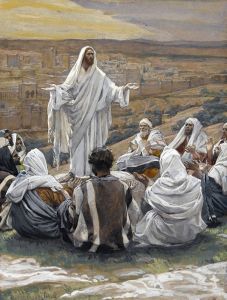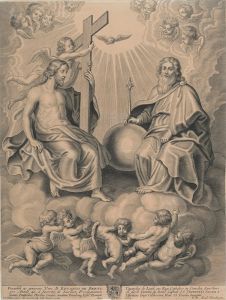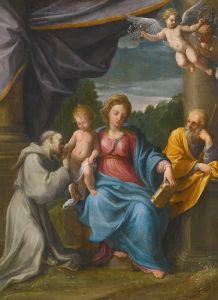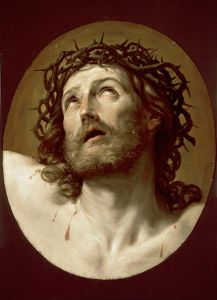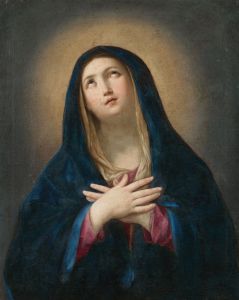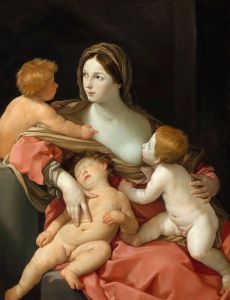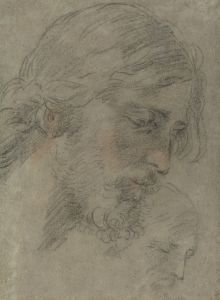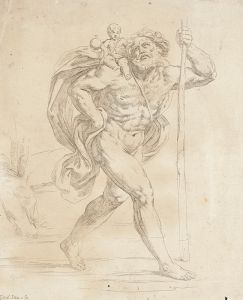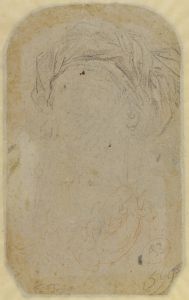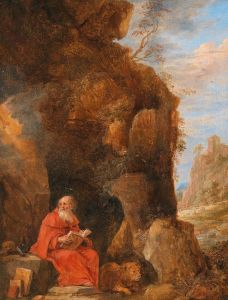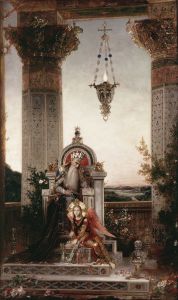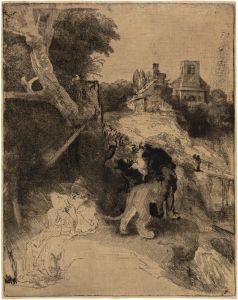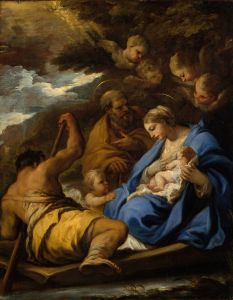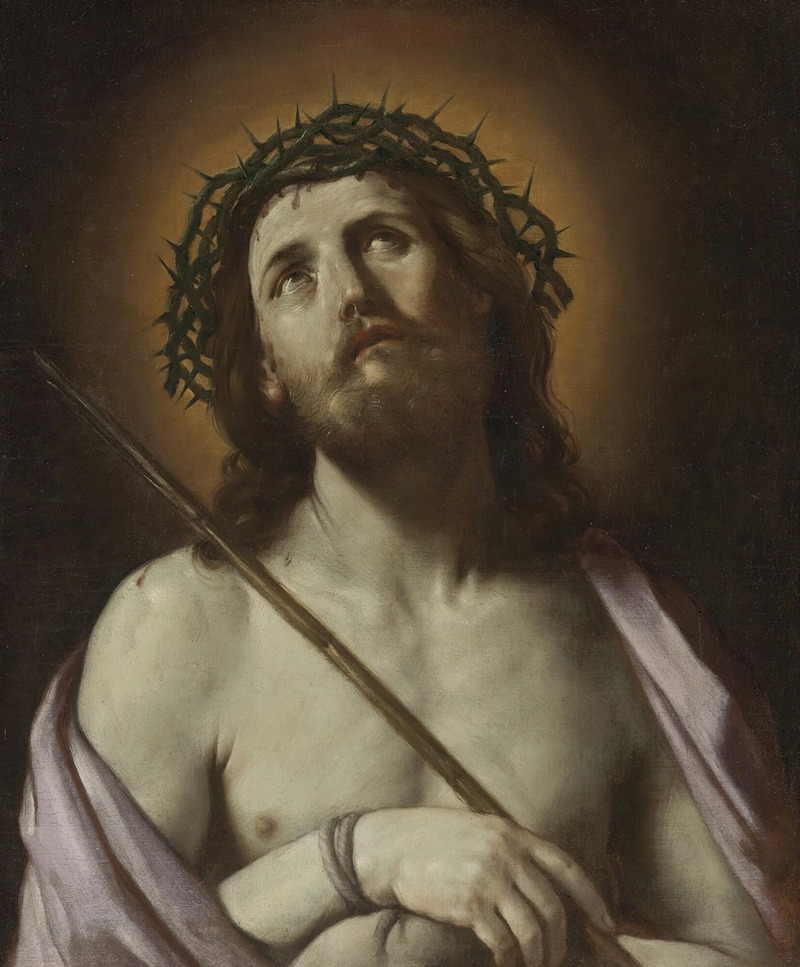
Ecce Homo
A hand-painted replica of Guido Reni’s masterpiece Ecce Homo, meticulously crafted by professional artists to capture the true essence of the original. Each piece is created with museum-quality canvas and rare mineral pigments, carefully painted by experienced artists with delicate brushstrokes and rich, layered colors to perfectly recreate the texture of the original artwork. Unlike machine-printed reproductions, this hand-painted version brings the painting to life, infused with the artist’s emotions and skill in every stroke. Whether for personal collection or home decoration, it instantly elevates the artistic atmosphere of any space.
"Ecce Homo" is a painting by the Italian Baroque artist Guido Reni. Created around 1639-1640, this work is a significant example of Reni's mastery in capturing religious themes with emotional depth and technical precision. The title "Ecce Homo" translates to "Behold the Man," a phrase derived from the Latin Vulgate Bible, specifically from the Gospel of John (19:5), where Pontius Pilate presents a scourged Jesus Christ to the crowd before his crucifixion.
Guido Reni was born in Bologna in 1575 and became one of the most prominent painters of the Baroque period. He was known for his graceful and serene compositions, often imbued with a sense of divine beauty and spirituality. Reni's "Ecce Homo" is a poignant representation of Christ's suffering and humanity, a theme that resonated deeply with the Counter-Reformation's emphasis on personal piety and emotional engagement with religious subjects.
The painting depicts Jesus crowned with thorns, his hands bound, and his eyes cast downward in a moment of profound sorrow and resignation. Reni's use of light and shadow enhances the dramatic effect, highlighting Christ's face and the crown of thorns while casting the background into relative darkness. This technique draws the viewer's focus to the emotional intensity of Christ's expression and the physical pain he endures.
Reni's "Ecce Homo" is notable for its delicate handling of color and texture. The artist employs a limited palette, dominated by soft, muted tones that convey a sense of solemnity and reverence. The flesh tones are rendered with meticulous care, emphasizing the naturalism and humanity of Christ. The crown of thorns and the blood trickling down his forehead are depicted with a stark realism that contrasts with the overall softness of the composition.
The painting is housed in the Galleria Nazionale d'Arte Antica in Rome, Italy, where it remains an important piece of the museum's collection. It exemplifies Reni's ability to blend classical ideals of beauty with the emotional expressiveness characteristic of the Baroque era. The work has been praised for its spiritual intensity and technical excellence, making it a significant contribution to the artistic and religious heritage of the period.
Guido Reni's "Ecce Homo" continues to be studied and admired for its artistic merits and its ability to convey deep religious sentiment. It stands as a testament to Reni's skill in portraying complex human emotions and his profound understanding of the spiritual themes that dominated the art of his time.





